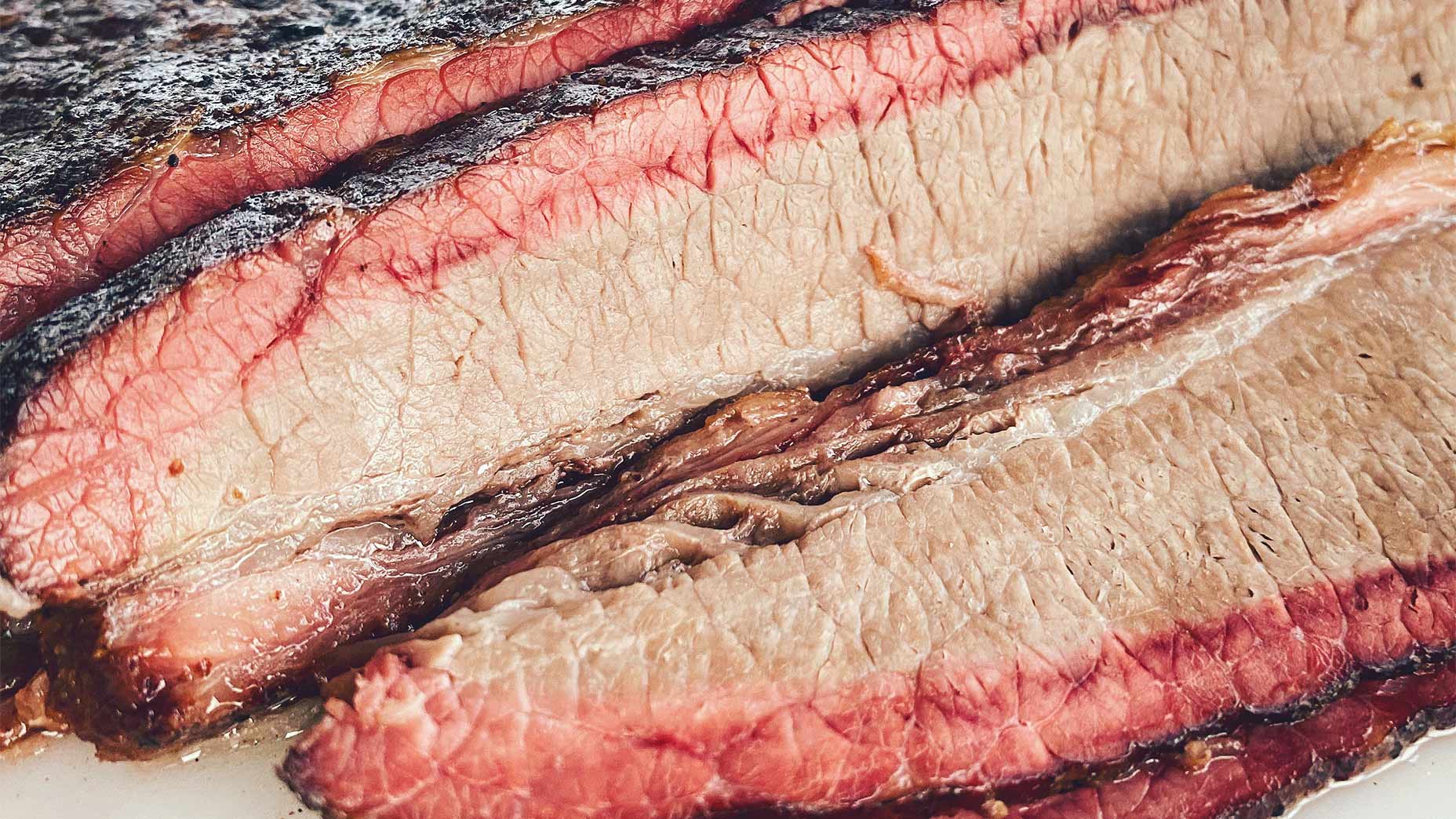
Yes, it’s possible to make your own delicious barbecue sauce at home.
Getty Images
Welcome to Clubhouse Eats, where we celebrate the game’s most delectable food and drink. Hope you brought your appetites.
***
In the beginning, there was barbecue, and it was good.
But then pitmasters created barbecue sauce, and the people realized they were finally really living.
Members and guests have a similar response when they dine at Onion Creek Club, in Austin, Tex., where executive chef Juan Roman elevates pulled pork, ribs and other slow-cooked meats with just-so touches of a tangy house-made sauce. Like BBQ itself, barbecue sauces come in all kinds of styles and profiles. Roman’s is built upon a base of ketchup, apple cider vinegar and Worcestershire sauce, enhanced with chili powder, cumin, fennel pollen, fresh tarragon, and other herbs and spices. Here’s a quick look at how he makes it, along with six other insights for doing sauce right.
1. Understand your options
So many sauces, so little time. Roman categorizes them into 12 regional styles:
-Alabama: mayonnaise-based
-Eastern North Carolina: cider vinegar, red pepper flakes, salt
-West North Carolina: cider vinegar, ketchup, brown sugar
-South Carolina: no ketchup, plain yellow mustard, rich, spicy, tangy, no sweetness
-Florida: heavy vinegar, Cuban citrus, Caribbean spices, tropical elements
-Baltimore: creamy horseradish, thick spicy sauce
-Kansas City: sweet, tangy, molasses, high sugar content
-St. Louis: sweet and sour, low sugar, vinegar and spice
-Oklahoma: heavy ketchup, Worcestershire
-Memphis: No sauce, only dry rubs
-Nashville: sweet, smoky, tangy, vinegar-based sauce
-Texas: meat drippings, smoky cumin, hot sauce, chili powder, garlic, Worcestershire
2. Marry flavors gradually
Whatever ingredients you’re using, bring the components together slowly. For his Texas-style sauce, Roman brings his wet ingredients to a gentle simmer and then adds the fresh herbs and dry spices one at a time, giving the flavors time “to break down and marry one another in a slow and low heat.”
3. Skip the marinade
In this form of low, slow cooking, you want the natural flavors of the meat and wood smoke to shine through. Marinating will only mask them. The sauce, Roman says, more often comes into the picture late in the game, brushed on toward the end of smoking to provide a beautifully caramelized char.
4. Find the right ratio of spicy to sweet
A lot of this comes down to personal taste. Roman recommends that you think in ratios. He leans toward 3-to-1, spicy to sweet. Keep in mind that when a sauce sits overnight, it spiciness will grow more intense. Whatever recipe you follow, Roman says to use “eye-level” measurements. In other words, be precise.
5. The pros and cons of sweetening
Most barbecue sauces incorporate a sweetener, whether it’s brown sugar, molasses, honey or something else. Sweetening doesn’t just help balance out the heat, Roman says. It’s also the key to caramelization, which brings a “nutty, buttery golden-brown gloss and crunchy bit.” Be careful not to use too much sugar, though. Not only will it lend a cloying flavor, it will burn, blackening the outside of the meat even as its still raw in the center. If you’re using a sauce that’s high in sugar, wait to brush it on until the meat is nearly done.
6. Create your own profiles
For all the talk of regional styles, barbecue sauce has no borders. It can be modified to fit any number of cuisines around the world: Mexican, Jamaican, Korean and on, and on. Roman encourages experimentation. “That’s the fun of it,” he says. “There are no rules. Only bad barbecue.”










